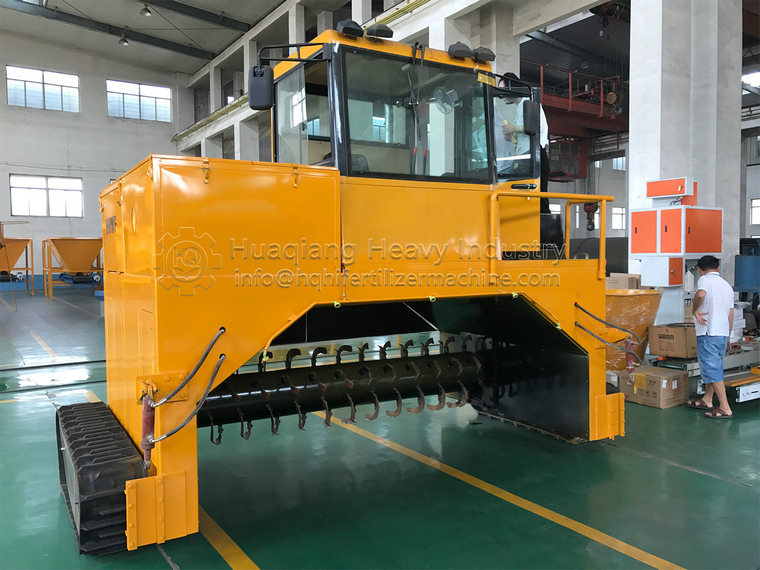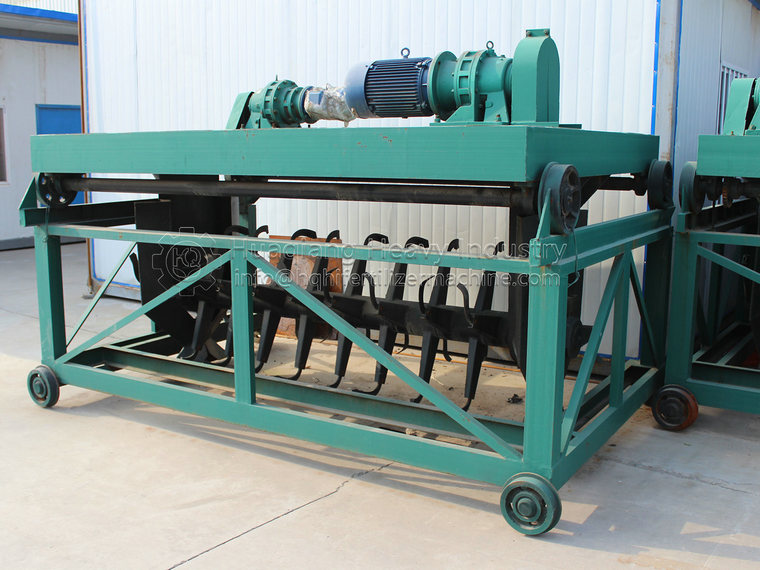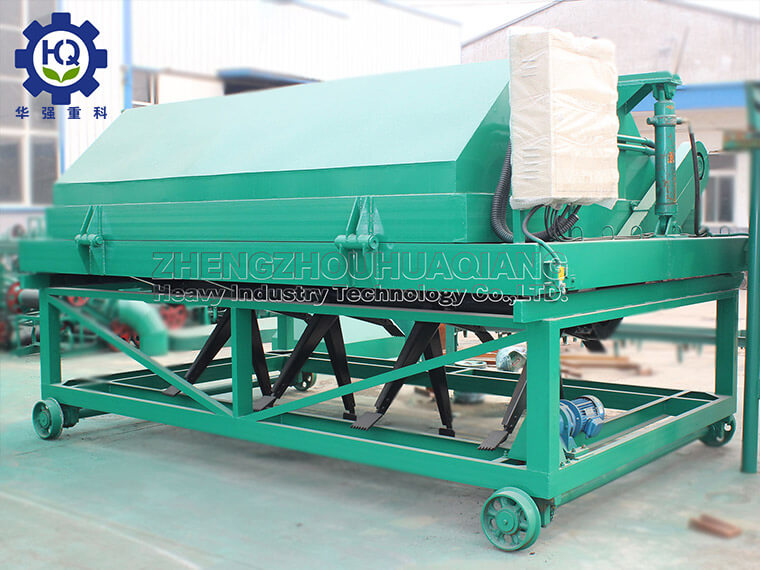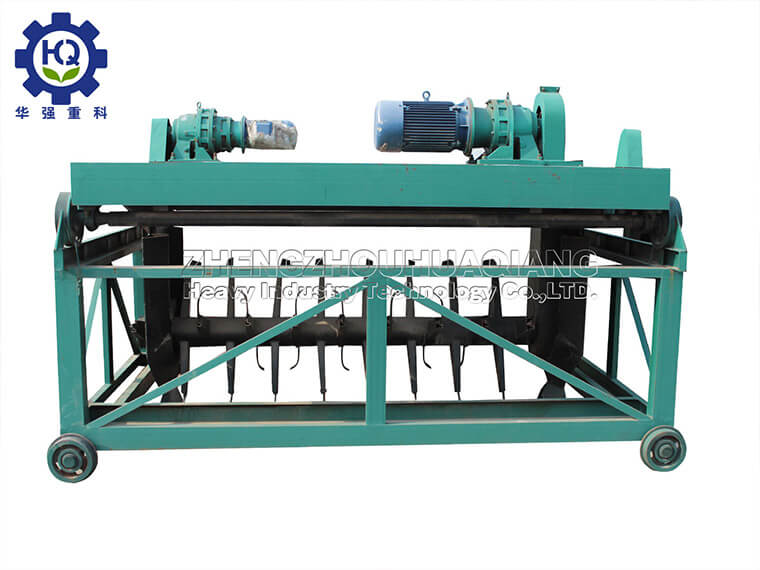1. Produce bio organic fertilizer by using animal manure. Livestock manure is rich in organic manure, but also contains a certain amount of nitrogen. Phosphorus, potassium and other nutrients needed for plant growth are high-quality raw materials for the production of bio organic fertilizer.
In the fertilizer manufacturing process of bio organic fertilizer, the ratio of dry, humidity and carbon to nitrogen was adjusted by peat and rice bran. Add peat and rice bran to the excrement of livestock and poultry, adjust the humidity of the material to about 50%, remove the non fermentable sundries such as chicken manure, and the width is 2m, which is suitable for production. After fermentation, it is dried and smashed, and then the sundries are screened out. The disc granulator machine is used for granulation, and the biological organic fertilizer is packaged.
2. Use organic waste to produce bio organic fertilize in the biofertilizer project. Organic waste refers to the waste containing substance components in urban and rural domestic waste, mainly including crop straw, fiber, bamboo, waste paper, kitchen residue, etc. If these organic wastes are not treated in time, they will become the pollution sources of the environment, such as stink emission, disease transmission, water pollution and so on.
Therefore, it is necessary to apply organic fertilizer scientifically and reasonably. It makes up for the shortage of NPK fertilizer manufacturing process products. It can not only avoid the adverse consequences caused by its own accumulation and decomposition, but also significantly reduce the environmental pollution caused by the large amount of chemical fertilizer application.
After pretreatment of organic waste, straw was added to adjust the C/N ratio of organic waste, then the moisture content of the waste water was adjusted, inoculated with the fast composting complex microbial inoculum, and fermented at high temperature, then dried at medium temperature.
In terms of equipments required for biofertilizer production, the decomposed materials should be granulated by fertilizer granulator. Then further drying, sieving and packaging can be made into bio organic fertilizer.
.jpg)



.jpg)

.jpg)

